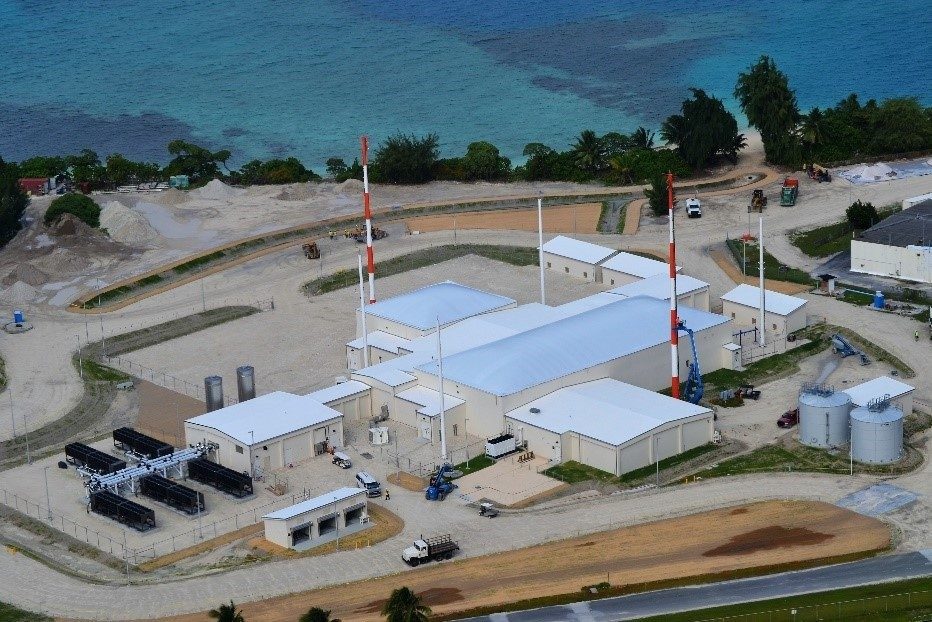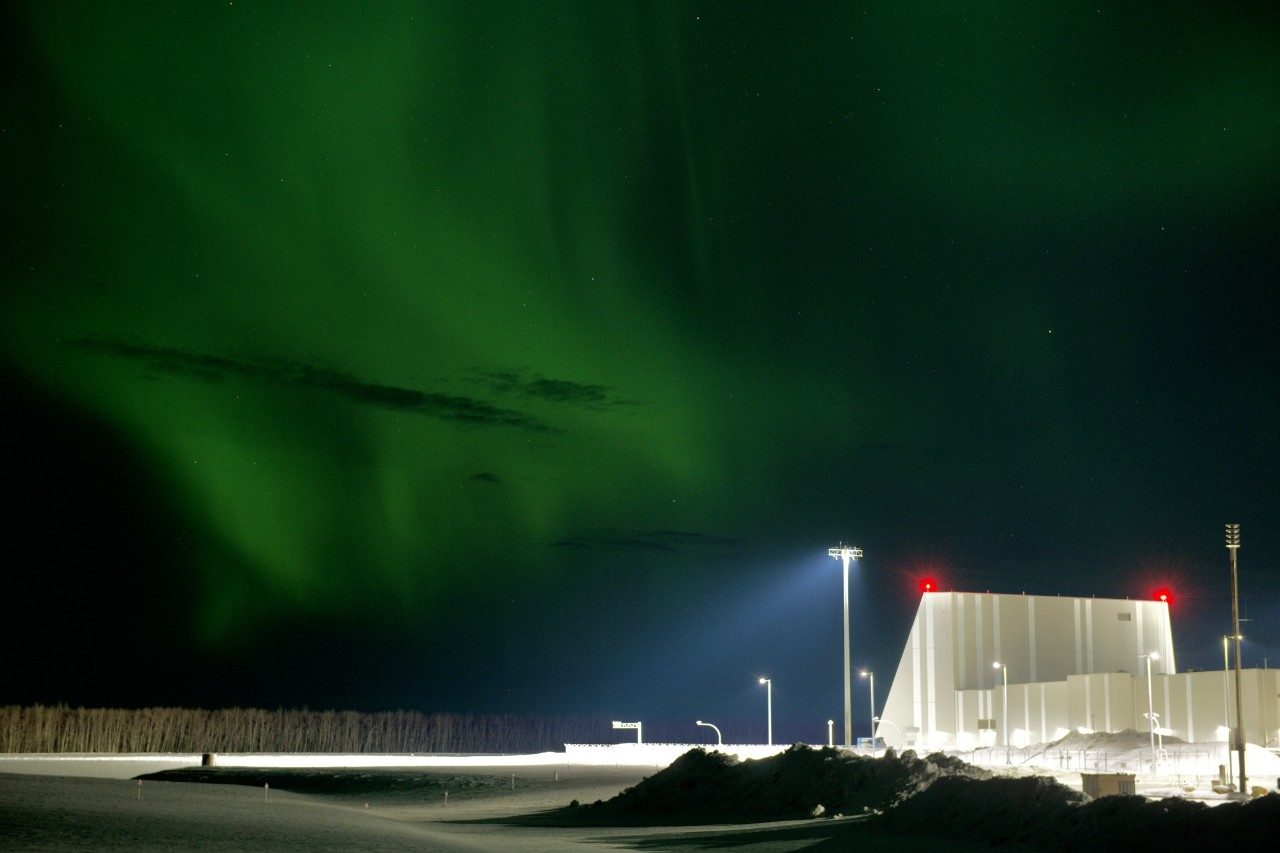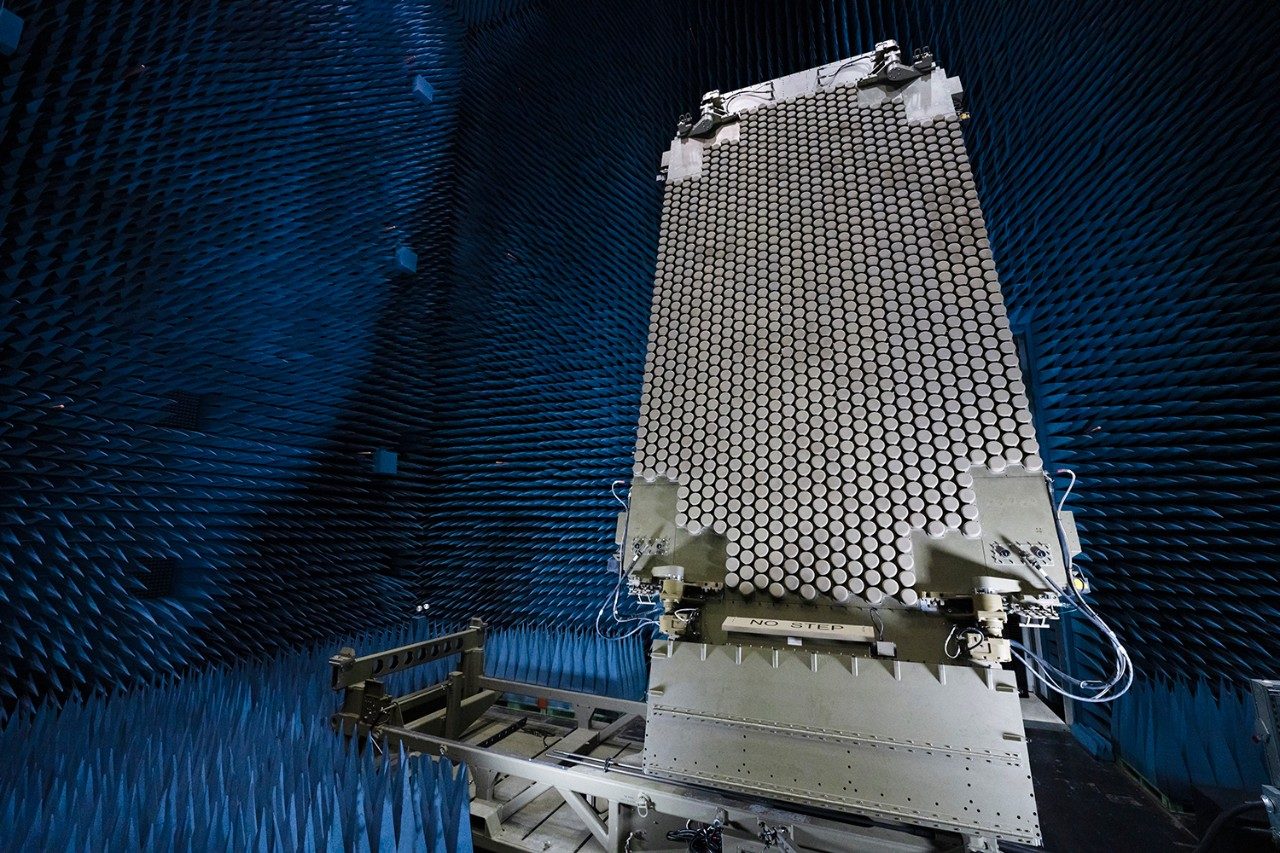The Lockheed Martin Radar Center of Excellence has pioneered much of the technology that exists in the defense industry’s radar systems today.
For more than 50 years, we have anticipated adversarial threats and evolving battlespaces, leading to some interesting facts and fascinating backstories.
Did you know that…
1. The world’s first radar with GaN transmitter technology was fielded with the TPS-77 in 2015, years before anyone in the industry had even scratched the surface.
In 2015, Latvia signed a contract for three TPS-77 Multi-Mission Radars (MRR) and in 2016, Romania added two TPS-77s to its radar inventory equipped with upgraded DART transmitters and GaN technology. GaN enables the high-power amplifiers to consume much less power. This increases the radar’s reliability, lowers the life-cycle costs, and extends its useful life. Lockheed Martin used GaN technology years before anyone in the industry had even scratched the surface.
2. The world’s first solid state radar – Lockheed Martin’s TPS-59 – delivered a new ability to see smaller objects at longer ranges with greater reliability.
Solid state radars are known to get more defined information at greater distances on whatever is being tracked. The TPS-59 Long- Range Air Surveillance L-Band Radar was originally developed for the U.S. Marine Corps to provide a mobile long-range surveillance radar capability.

3. The world’s largest phased array radar, Space Fence, was built in the middle of the Pacific Ocean on Kwajalein Atoll.
One of the world’s most advanced radars, Space Fence can detect, track and determine objects’ orbits with or without prior knowledge of their existence or location. It also tracks and provides accurate measurement of space objects, including satellites and orbital debris, primarily in low-earth orbit. It is also the world’s first fully digital beam-forming radar, featuring 36,000 transmit elements and 86,000 receive elements. Building a highly sophisticated radar in the middle of the Pacific is always a challenge, especially when that radar is the size of a large gymnasium!

4. The world’s first four fully digital radars – Space Fence, the Long Range Discrimination Radar, Sentinel A4 and TPY-4 – were all developed and, in some cases, fielded in the last three years.
While many other radars leverage digital technology, fully digital radars employ large arrays of digital transmit and receive channels, allowing for enhanced target identification and classification. This fully digital sensor architecture allows users to perform multiple missions simultaneously and can be continuously upgraded over its lifecycle with software-only upgrades. Lockheed Martin is the industry leader in the development and fielding of fully digital radars.

5. Lockheed Martin developed the world’s most advanced and versatile radar technology – it’s an international fan favorite with allies lining up to add it to their land and sea defense networks. Say hello to the solid-state subarray suite – or SAS! Now try saying that 10 times fast!
SAS makes up the backbone of America’s missile defense and space surveillance capability. It is a scalable Integrated Air and Missile Defense (IAMD) radar technology that protects against ballistic, cruise and anti-air missiles and other fixed-wing aircraft. This capability protects warfighters and citizens at sea, ashore and around the world through programs like the Missile Defense Agency’s Long Range Discrimination Radar and Homeland Defense Radar programs, Japan’s Aegis System Equipped Vessel (ASEV), the Canadian Surface Combatant Program, and the Spanish F-110 Frigate Program.
6. The APY-9, coined the “eyes of the fleet,” is in the air anytime a carrier has aircraft airborne.
The APY-9 provides enhanced airborne command and control and expanded surveillance for the Navy’s E-2D aircraft. APY-9 is considered the world’s premier airborne early warning radar. APY-9 also made an appearance in Top Gun: Maverick on the E-2 plane.




